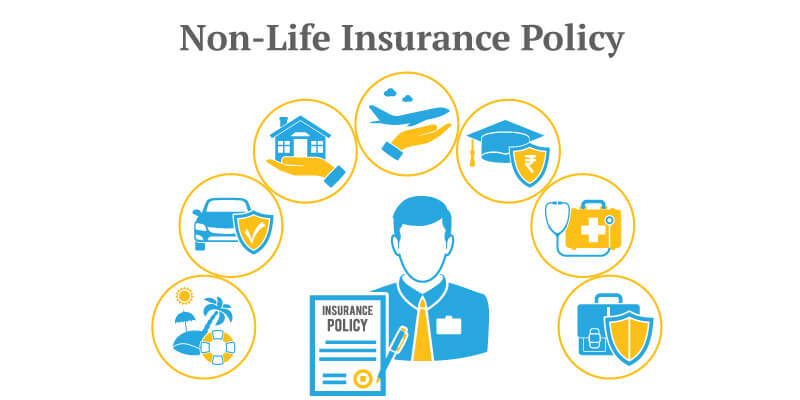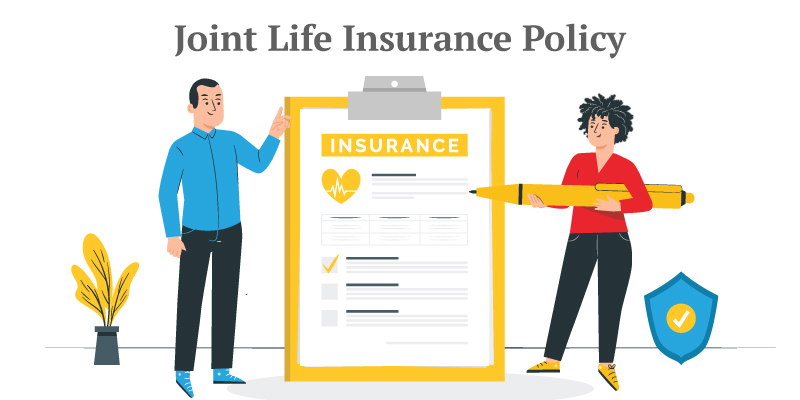Assets play a crucial role in achieving the goals of individuals and businesses, with fixed assets holding particular importance, contributing significantly to the benefits of enterprises. Hence, obtaining insurance for fixed assets is essential. The fixed property insurance premium becomes a noteworthy expense that individuals and businesses need to consider. Explore the content below for insights into what the fixed property insurance premium entails.
1. Understanding Fixed Assets
Fixed assets refer to high-value assets with extended usage periods. In the production process, these assets undergo gradual depreciation, and their value is gradually shifted into the production and business costs until they become damaged. According to current regulations, fixed assets have a value of 10 million VND or more, a lifespan of one year or more, and must follow the depreciation guidelines set by the Ministry of Finance.
- Two main types of fixed assets:
- Tangible fixed assets
- Intangible fixed assets
2. Why Purchase Insurance for Fixed Assets?
Operating a business involves various risks for fixed assets, such as building fires, office or production facility explosions, theft, production disruptions, and business interruptions. These risks, if realized, can lead to severe losses, diminishing the organization’s profits and revenue rapidly. To mitigate the negative impacts of these risks, businesses need to invest in property insurance to ensure the protection of their fixed assets.

3. What Is the Fixed Property Insurance Premium?
The fixed property insurance premium is a predetermined fee for each type of asset outlined in the insurance contract. With this premium, policyholders receive a specified compensation amount in the event of a risk occurring. Before proceeding with the agreement and contract signing, insurance companies conduct premium quotations.
- Preparatory steps before premium quoting:
- Risk classification: Determine risk types to assess risk levels and characteristics, aiding in calculating premiums and establishing retention levels, reinsurance, and loss prevention measures.
- Unit of risk determination: Identify the number of distinct asset groups with a separation distance preventing risks from spreading.
- Risk investigation: Insurers send inspectors to observe the site, take photos of insured objects, describe essential risk factors, and note surrounding conditions that may affect premium rate determination. Risk investigation reports serve as the basis for premium calculation.
4. Is the Insurance Premium Included in the Fixed Asset’s Original Cost?
Regulations for determining the original cost of fixed assets include specifying that the insurance premium is not calculated within the fixed asset’s original cost. Instead, it is treated as an upfront payment and allocation expense.
Cre: Circer/accgroup.vn



